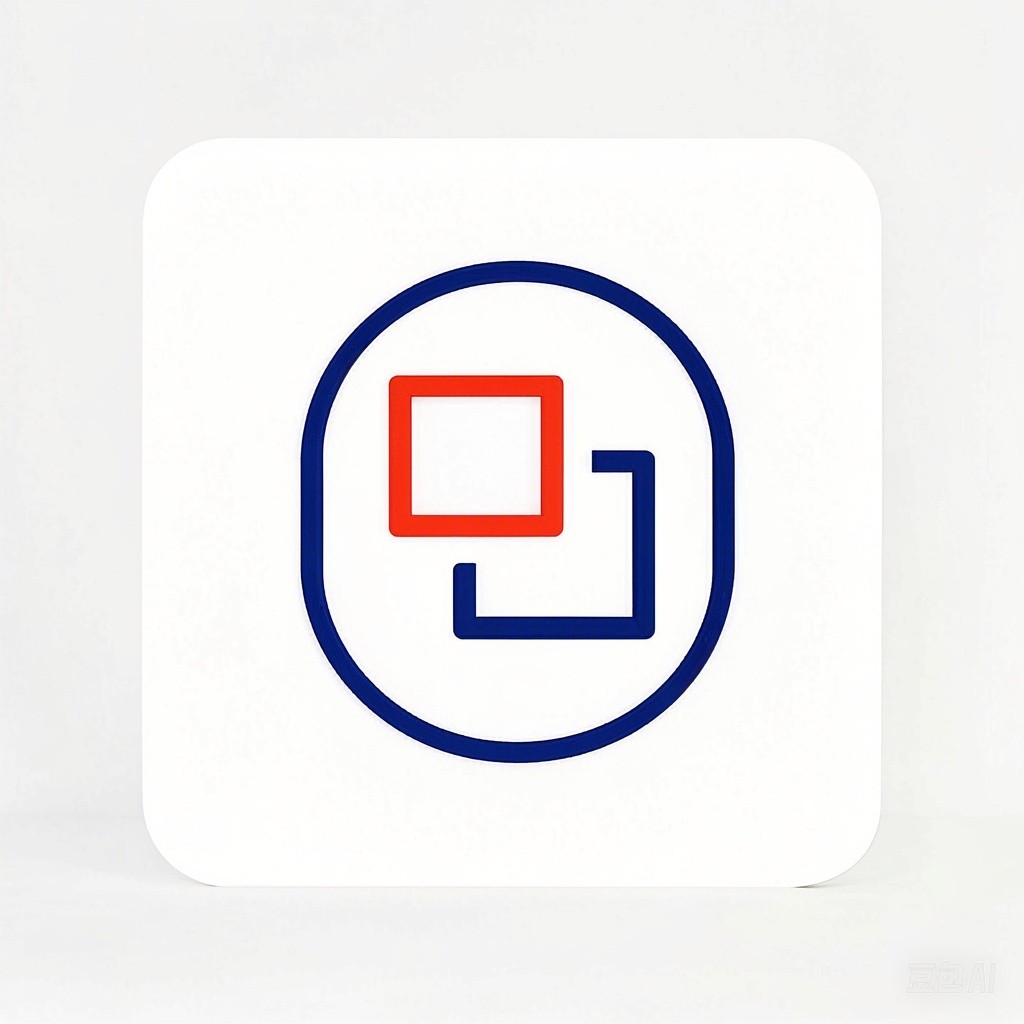招数一:快速选择元素
使用$()函数来快速选择页面上的元素,例如:$(selector),其中selector可以是标签名、类名、ID等。
// 选择所有段落
$('p');
// 选择具有特定类的元素
$('.my-class');
// 选择具有特定ID的元素
$('#my-id');
招数二:事件绑定
使用.on()方法来绑定事件,例如点击、鼠标悬停等。
$('#my-button').on('click', function() {
alert('按钮被点击了!');
});
招数三:动态内容添加
使用.html()和.text()方法来动态添加或修改元素的内容。
// 添加HTML内容
$('#my-element').html('<p>这是新添加的段落。</p>');
// 添加纯文本内容
$('#my-element').text('这是新添加的文本。');
招数四:元素遍历
使用.each()方法来遍历一个元素集合。
$('p').each(function(index, element) {
console.log('段落 ' + (index + 1) + ': ' + $(this).text());
});
招数五:条件判断
使用.is()方法来判断一个元素是否匹配特定的选择器。
if ($('#my-element').is('.my-class')) {
console.log('元素匹配类名');
}
招数六:元素样式修改
使用.css()方法来修改元素的样式。
$('#my-element').css('color', 'red');
招数七:动画效果
使用.animate()方法来创建动画效果。
$('#my-element').animate({
left: '250px',
opacity: '0.5'
}, 1000);
招数八:DOM操作
使用.append()、.prepend()、.after()和.before()方法来添加和删除DOM元素。
// 在元素后添加新元素
$('#my-element').after('<p>这是添加在后面的元素。</p>');
// 在元素前添加新元素
$('#my-element').before('<p>这是添加在前的元素。</p>');
招数九:表单操作
使用.val()方法来获取或设置表单元素的值。
// 获取输入框的值
var value = $('#my-input').val();
// 设置输入框的值
$('#my-input').val('新值');
招数十:Ajax请求
使用.ajax()方法来发送Ajax请求。
$.ajax({
url: 'example.com/data',
type: 'GET',
success: function(data) {
console.log('请求成功,返回的数据:', data);
},
error: function(xhr, status, error) {
console.error('请求失败:', error);
}
});
招数十一:插件使用
jQuery拥有丰富的插件生态系统,可以通过$.fn.pluginName()的方式来使用插件。
$('#my-element').pluginName({
option1: 'value1',
option2: 'value2'
});
招数十二:响应式设计
使用.responsive()方法来创建响应式布局。
$('#my-element').responsive({
breakpoint: 768,
action: function() {
// 在屏幕宽度小于768px时执行的动作
}
});
招数十三:自定义选择器
使用.customSelector()方法来创建自定义选择器。
$.fn.customSelector = function(selector) {
return this.find(selector);
};
// 使用自定义选择器
$('#my-element').customSelector('.my-class');
招数十四:委托事件
使用.on()方法的委托功能来绑定事件到父元素,但只触发匹配特定选择器的子元素。
$('#my-container').on('click', '.my-class', function() {
console.log('子元素被点击了!');
});
招数十五:滚动事件
使用.scroll()方法来监听滚动事件。
$(window).scroll(function() {
console.log('页面已滚动!');
});
招数十六:鼠标事件
使用.mouseenter()、.mouseleave()和.hover()方法来处理鼠标事件。
$('#my-element').hover(
function() {
$(this).css('background-color', 'red');
},
function() {
$(this).css('background-color', '');
}
);
招数十七:键盘事件
使用.keydown()、.keyup()和.keypress()方法来处理键盘事件。
$('#my-element').keydown(function(event) {
console.log('按键被按下:', event.keyCode);
});
招数十八:表单验证
使用.validate()方法来进行表单验证。
$('#my-form').validate({
rules: {
email: {
required: true,
email: true
}
}
});
招数十九:日期选择器
使用.date()方法来创建日期选择器。
$('#my-element').date();
招数二十:轮播图插件
使用jQuery的轮播图插件,如owlCarousel或jQuery Cycle,来创建动态轮播图。
$('#my-carousel').owlCarousel();
招数二十一:折叠面板
使用.collapse()方法来创建折叠面板。
$('#my-panel').collapse();
招数二十二:标签页
使用.tabs()方法来创建标签页。
$('#my-tabs').tabs();
招数二十三:模态框
使用.modal()方法来创建模态框。
$('#my-modal').modal();
招数二十四:幻灯片
使用.slider()方法来创建幻灯片。
$('#my-slider').slider();
招数二十五:响应式表格
使用.responsiveTable()方法来创建响应式表格。
$('#my-table').responsiveTable();
招数二十六:图表插件
使用jQuery图表插件,如Chart.js或jQuery Flot,来创建交互式图表。
$('#my-chart').chart({
type: 'line',
data: {
labels: ['一月', '二月', '三月'],
datasets: [{
label: '我的数据',
data: [10, 20, 30],
backgroundColor: 'rgba(0, 123, 255, 0.5)'
}]
}
});
通过以上26招jQuery实用技巧,你将能够轻松地玩转jQuery,提升你的网页设计水平。无论是动态内容添加、事件处理、DOM操作,还是表单验证和图表插件,jQuery都能够帮助你实现。希望这篇文章能够为你提供丰富的灵感,让你的网页设计更加出色!
